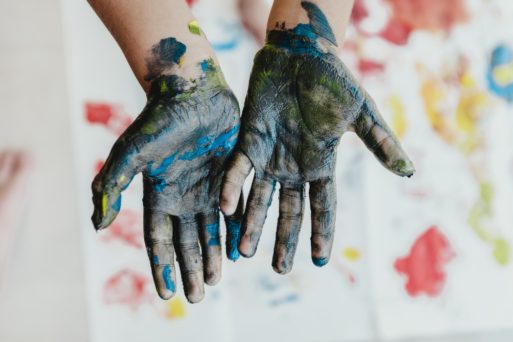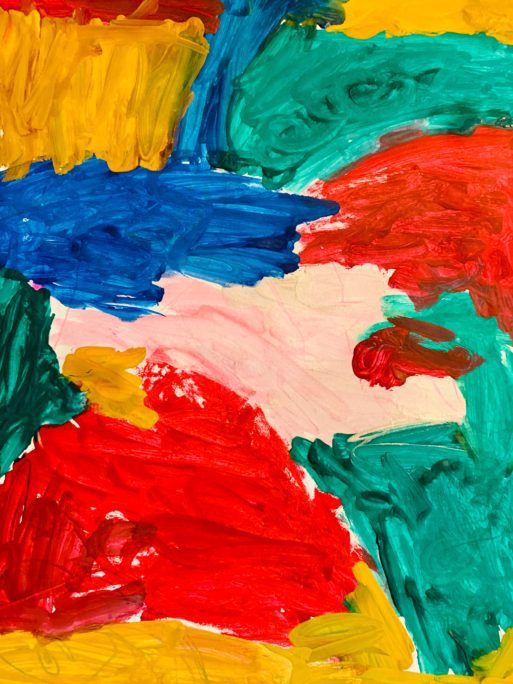
“Creating or connecting with art can be a healing experience for some people.” – Pysch Central
Our Monthly Tip
Creating and connecting with art has been utilized as a therapeutic experience for centuries. Very often, the acts of drawing and painting are used in therapy, especially when professionals are working with children. When a neighborhood or school experiences a loss, gathering the children together to process their grief through finger painting can be a healing activity.
Since children are not always able to express their emotions verbally, the act of creating art can be a way to channel their feelings. Instead of asking children questions such as “Do you feel sad?” or “Are you upset?” that supply them with feelings, allowing kids to create something on their own gives them the ability to share their thoughts and feelings on their own terms.
How-To Suggestions
Invite children and adolescents to finger paint to express the ways someone has encouraged, inspired, supported or cared for them. They can also finger paint their memories of the person who died to express their feelings.
The act of finger painting involves both their visual and tactile senses, helping them to connect with their feelings.
When everyone is finished with their artwork, you may ask each child to talk about what they painted and why. Ask other children attending to offer their feelings or memories of the loved one. By supporting each child’s artwork and providing space for connection, children are able to explore and express a range of emotions.

Adults may also enjoy creating art in times of grief, especially finger painting. Though the medium is typically reserved for young children, the no-rules aspect of finger painting can be a very freeing experience. Adults may tap into deeper emotions by giving up control and restraint, allowing their hands to guide them to create shapes and forms without a goal in mind.

 Our Monthly Tip: Finger Paint to Express the Pain of Loss
Our Monthly Tip: Finger Paint to Express the Pain of Loss




 “Songbird” by Fleetwood Mac
“Songbird” by Fleetwood Mac
 First the Wealth Gap, Now the U.S. Has a Growing Health Gap
First the Wealth Gap, Now the U.S. Has a Growing Health Gap
 How to Comfort A Dying Loved One
How to Comfort A Dying Loved One














